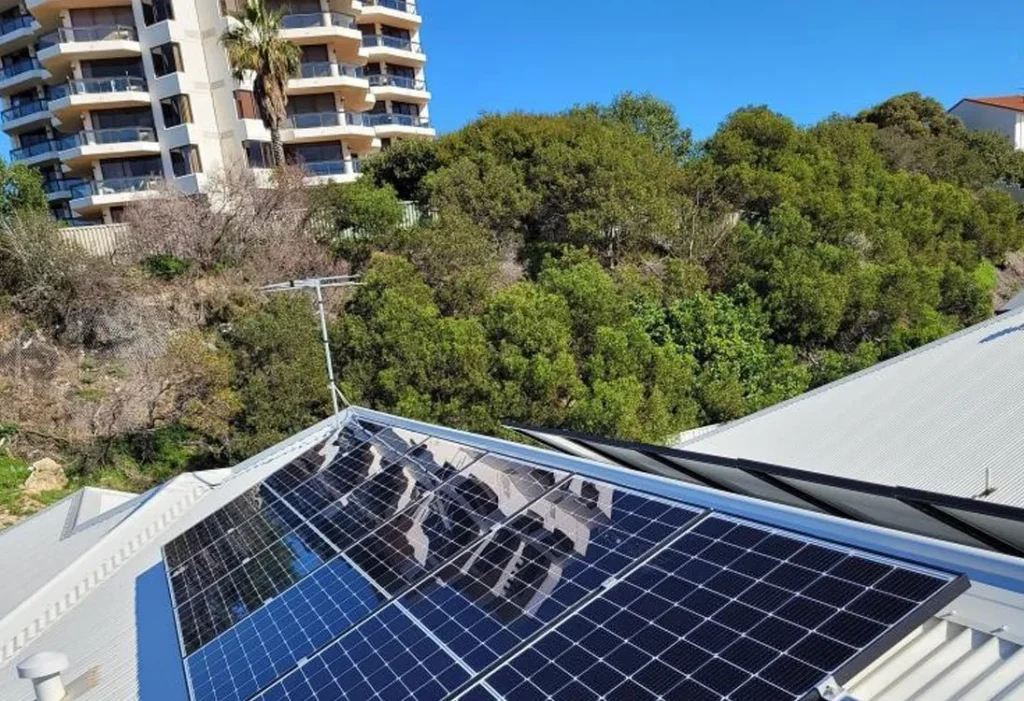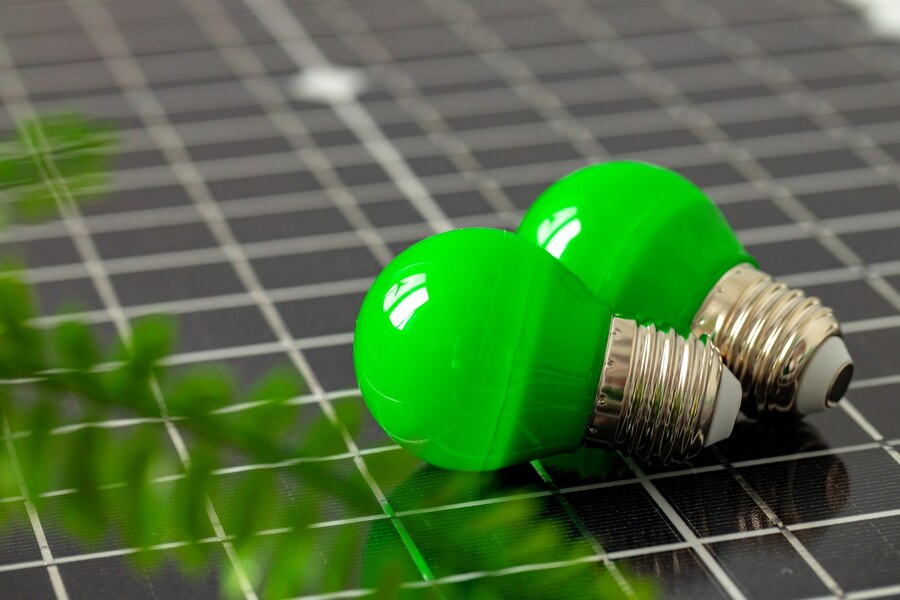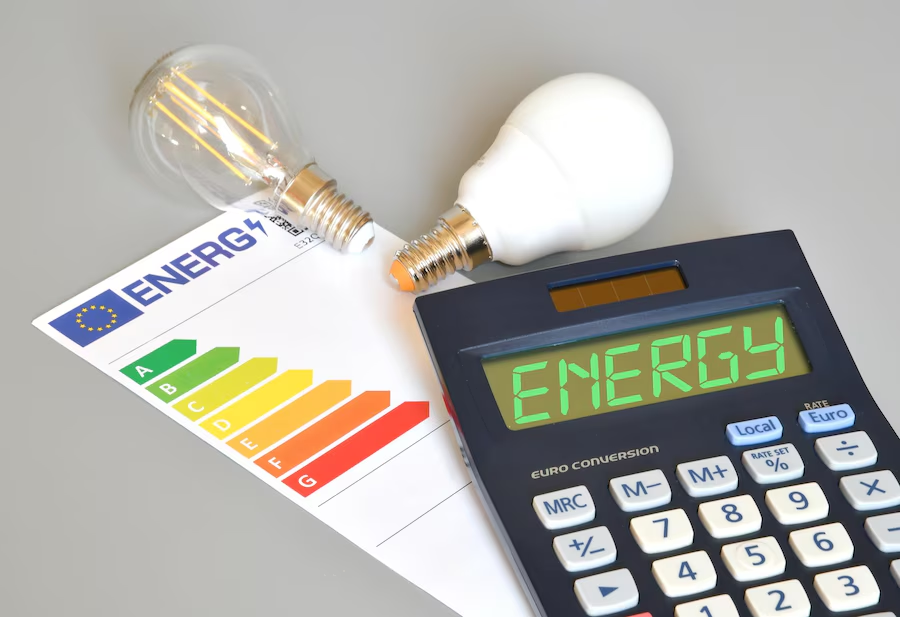Trina Solar Panels Review
Trina Solar Panels Review: Unmatched Efficiency, Cost-Effectiveness, and Reliability
Are you considering making the switch to solar energy and exploring options like Trina Solar panels? In this comprehensive Trina solar panels review, we will delve into the details of these high-performance solar panels, including their efficiency, cost-effectiveness, warranty, and overall value. Whether you’re a homeowner, a business owner, or part of a larger energy project, this Trina solar panels review will provide you with everything you need to know before making your decision.
Trina Solar, a trusted name in the solar industry, offers a variety of panels that promise reliable, long-lasting performance and significant cost savings. Known for their commitment to innovation, sustainability, and cutting-edge technology, Trina Solar panels continue to exceed industry standards. Let’s explore why they are one of the top choices for solar energy solutions in this Trina solar panels review.
Overview of Trina Solar Panels
Trina Solar has become a leader in the solar industry, with a global presence and a long history of producing high-quality photovoltaic products. Founded in 1997, the company has dedicated itself to innovation and sustainability, offering solar solutions that combine advanced technology with environmentally friendly practices.
In this Trina solar panels review, it’s important to note that Trina has continually improved its products to meet the growing demand for renewable energy solutions. Trina’s solar panels are designed to provide superior performance, durability, and energy efficiency, making them a top choice for both residential and commercial applications. Whether you need a small setup for your home or a large-scale installation for your business, Trina solar panels provide the quality and reliability you need.
Popular Models of Trina Solar Panels
When choosing Trina solar panels, it’s essential to understand the different models available to match your energy needs. The most popular models of Trina panels include:
- Trina Tallmax: Known for its solid performance in both residential and commercial applications, this model offers high efficiency and excellent durability.
- Trina DuoMax: Featuring bifacial technology, this panel captures sunlight from both sides, increasing energy output in areas with high light reflection.
- Trina Vertex: This high-performance model utilizes innovative half-cell technology to provide superior energy yields, even in challenging weather conditions.
These popular models of Trina panels stand out for their quality materials, high energy efficiency, and long-term reliability, ensuring customers get the best return on their investment.
Performance of Trina Panels
In this Trina solar panels review, performance is a key consideration. Trina Solar panels are renowned for their performance, offering high efficiency ratings ranging from 17% to 21%, depending on the specific model. These panels consistently outperform many other brands in terms of energy production, reliability, and durability.
The performance of Trina panels is further enhanced by their advanced half-cell technology, which reduces the impact of shading and increases energy output. Additionally, Trina’s bifacial panels, such as the DuoMax, capture light from both the front and rear, offering higher yields compared to traditional panels. This makes Trina solar panels an excellent choice for homes or businesses looking to maximize energy production.
Cost-Effectiveness of Trina Panels
One of the primary reasons customers opt for Trina Solar panels is their cost-effectiveness. Trina offers some of the most affordable high-efficiency panels on the market. Their products deliver significant long-term savings, reducing electricity bills and maximizing energy production over the years.
The cost-effectiveness of Trina panels can be attributed to their low production costs combined with high-quality manufacturing standards. Despite the initial investment, these panels provide exceptional returns, thanks to their high efficiency and low maintenance requirements. Customers can typically recover their investment in 5 to 7 years, depending on local electricity prices and energy consumption.
Trina Panel Warranty
When investing in solar panels, the warranty is a crucial factor. Trina Solar panels come with a robust 25-year warranty that covers both product defects and performance. This Trina panel warranty ensures that your investment is protected for decades, providing peace of mind knowing that your panels will continue to perform at peak efficiency throughout their lifespan.
The 25-year product and performance warranty offered by Trina is significantly longer than many competitors’ warranties, which typically range from 10 to 20 years. This level of coverage speaks to Trina’s confidence in the durability and longevity of their panels.
Customer Feedback on Trina Panels
Customer satisfaction is a vital component of any product’s success, and the customer feedback for Trina solar panels is overwhelmingly positive. Homeowners and businesses alike appreciate the reliability, efficiency, and performance of these panels. Many users report a significant decrease in energy bills and highlight the panels’ effectiveness even in cloudy or less-than-ideal weather conditions.
Trina Solar panels are also praised for their exceptional customer service. Many customers have shared positive experiences with Trina’s support team, appreciating the company’s transparency and commitment to ensuring their solar systems perform at optimal levels.
Installation Guidelines
In this Trina solar panels review, we cannot overlook the importance of installation guidelines. Proper installation is key to ensuring your Trina solar panels work at their full potential. It is essential to have a professional, certified installer who understands the unique requirements of Trina panels. A qualified installer will assess your property, ensure optimal positioning of the panels, and handle all the technical aspects of the installation process.
For Trina solar panels, it’s important to choose an installer with experience, as this will help maximize panel efficiency, enhance energy production, and extend the lifespan of the system. Follow the manufacturer’s recommendations to avoid issues like shading, improper tilt angles, or suboptimal placement.
Trina vs. Other Brands
In this Trina solar panels review, it’s crucial to compare Trina vs other brands to see how it stacks up in terms of efficiency, cost-effectiveness, and durability. Trina stands out for its high efficiency ratings and innovative features like bifacial technology and half-cell technology.
When compared to other leading brands such as Jinko, SunPower, and Longi, Trina panels offer comparable efficiency and a significantly longer warranty. Trina’s competitive pricing and solid customer feedback also make it a top choice for those looking for reliable, long-term solar solutions.
Efficiency Comparisons
When it comes to efficiency comparisons, Trina Solar panels are highly competitive, often ranking among the best in the industry. Compared to other brands like Jinko, Longi, and SunPower, Trina’s panels offer superior performance under various conditions. The integration of advanced technologies like half-cell and bifacial designs allows Trina to achieve high energy yields, even in low-light environments.
Trina’s panels are designed to capture more sunlight, which translates into higher efficiency and lower overall costs in the long run. These efficiency comparisons show that Trina solar panels consistently outperform many of their competitors, making them an excellent choice for those who want maximum energy savings.
Call-to-Action: Partner with Esteem Energy
Ready to make the switch to Trina Solar panels? Contact Esteem Energy today for a personalized quote and seamless installation experience. Start your journey to sustainable energy with Australia’s trusted solar provider!
Conclusion
After reviewing the key features and benefits, it’s clear that Trina Solar panels offer an unbeatable combination of efficiency, cost-effectiveness, and long-term reliability. Whether you are a homeowner or business looking to reduce energy costs and increase sustainability, Trina solar panels are a fantastic investment. With a wide range of models, excellent performance, and a generous 25-year warranty, Trina Solar panels remain one of the best options on the market today.
Frequently Asked Questions
Yes, Trina Solar panels are highly suitable for residential homes. Their high efficiency and long-lasting performance make them an excellent choice for homeowners looking to reduce energy costs and improve sustainability.
Trina Solar panels come with a 25-year warranty, and their panels are designed to last well beyond that, with proper care and maintenance. Most homeowners can expect them to last for 30 years or more.
The efficiency of Trina Solar panels ranges from 17% to 21%, depending on the model. Their bifacial panels offer even higher efficiency by capturing light from both sides.
In efficiency comparisons, Trina Solar panels are competitive with top brands like Jinko, SunPower, and Longi. Trina offers comparable or better performance, a longer warranty, and greater cost-effectiveness.
Trina Solar panels are priced competitively, offering a strong balance of affordability and high performance. Their cost-effectiveness makes them an excellent investment in the long term.
Trina Solar recommends hiring a professional installer who understands their installation guidelines to ensure optimal performance and efficiency.
Trina provides a 25-year product and performance warranty, which ensures your panels are protected for decades.
Yes, Trina Solar panels are designed to perform efficiently even in low-light conditions, such as cloudy weather, thanks to their advanced half-cell and bifacial technologies.
Solar Panel System Sizes
6.6 KW Solar System | 10.5 KW Solar System | 13.3 KW Solar System | 19.5 KW Solar System | 10kw Solar System | 5kw Solar System | 6kw Solar System | Solar Panels for Home | 8kw Solar System | 3kw Solar System | 13kw Solar System | 2kw Solar System
Solar Products
Residential Solar System | Solar Panel Installation | Solar Panel Battery
Related Blogs
Solar installation cost | Canadian solar panels review | Longi solar panels review | Solar inverter replacement | Do solar panels work on cloudy days | Solar panel models | Huawei inverter review | Why solar panels are not worth it | SAJ inverter review | Fronius inverter review
Harry is a passionate writer specializing in renewable energy and sustainability. With a deep understanding of solar installation, maintenance, custom system design, and advanced battery storage, he brings technical expertise to his writing, making complex energy concepts accessible to businesses and homeowners alike.
Having covered numerous residential and commercial solar projects, Harry educates and empowers his readers to optimize energy efficiency and transition to clean energy solutions. As a key voice in the industry and a leader at Esteem Energy, he is committed to delivering insightful content that promotes innovation, cost-effective solutions, and a greener future.








